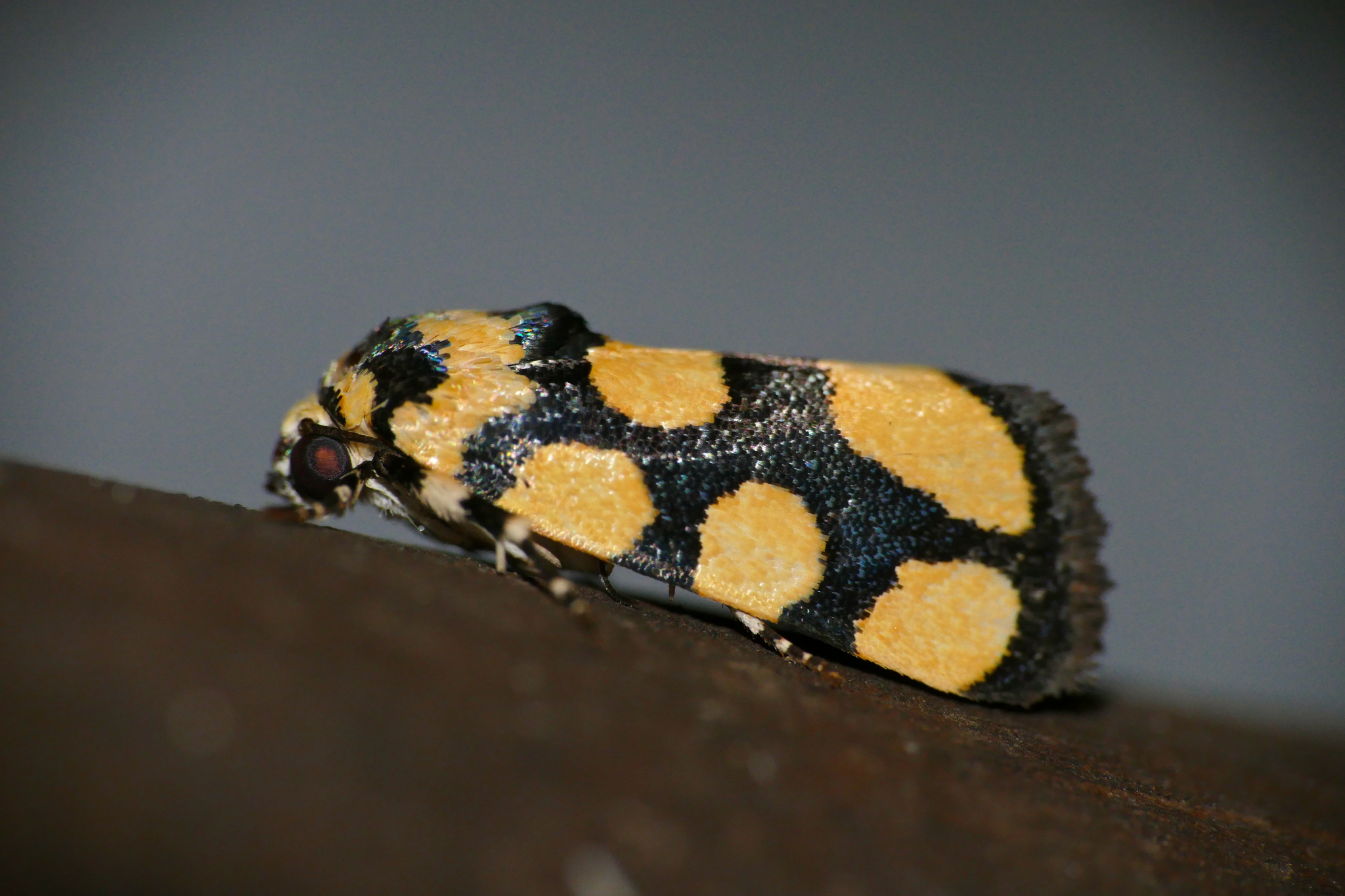|
Spragueia Jaguaralis
''Spragueia jaguaralis'' is a species of bird dropping moth in the family Noctuidae. It was described by George Hampson Sir George Francis Hampson, 10th Baronet (14 January 1860 – 15 October 1936) was an English entomologist. Hampson studied at Charterhouse School and Exeter College, Oxford. He travelled to India to become a tea-planter in the Nilgiri Hills o ... in 1910 and is found in North America. References * Crabo, L.; Davis, M.; Hammond, P.; Mustelin, T. & Shepard, J. (2013). "Five new species and three new subspecies of Erebidae and Noctuidae (Insecta, Lepidoptera) from Northwestern North America, with notes on ''Chytolita'' Grote (Erebidae) and ''Hydraecia'' Guenée (Noctuidae)". ''ZooKeys''. 264: 85–123. * * Lafontaine, J. Donald & Schmidt, B. Christian (2010). "Annotated check list of the Noctuoidea (Insecta, Lepidoptera) of North America north of Mexico". ''ZooKeys''. vol. 40, 1–239. Further reading * Arnett, Ross H. (2000). ''American Insects: A Han ... [...More Info...] [...Related Items...] OR: [Wikipedia] [Google] [Baidu] |
George Hampson
Sir George Francis Hampson, 10th Baronet (14 January 1860 – 15 October 1936) was an English entomologist. Hampson studied at Charterhouse School and Exeter College, Oxford. He travelled to India to become a tea-planter in the Nilgiri Hills of the Madras presidency (now Tamil Nadu), where he became interested in moths and butterflies. When he returned to England he became a voluntary worker at the Natural History Museum, where he wrote ''The Lepidoptera of the Nilgiri District'' (1891) and ''The Lepidoptera Heterocera of Ceylon'' (1893) as parts 8 and 9 of ''Illustrations of Typical Specimens of Lepidoptera Heterocera of the British Museum''. He then commenced work on ''The Fauna of British India, Including Ceylon and Burma: Moths'' (four volumes, 1892–1896). Albert C. L. G. Günther offered him a position as assistant at the museum in March 1895, and, after succeeding to his baronetcy A baronet ( or ; abbreviated Bart or Bt) or the female equivalent, a baronetess (, ... [...More Info...] [...Related Items...] OR: [Wikipedia] [Google] [Baidu] |
Noctuidae
The Noctuidae, commonly known as owlet moths, cutworms or armyworms, are a family of moths. They are considered the most controversial family in the superfamily Noctuoidea because many of the clades are constantly changing, along with the other families of the Noctuoidea. It was considered the largest family in Lepidoptera for a long time, but after regrouping Lymantriinae, Catocalinae and Calpinae within the family Erebidae, the latter holds this title now. Currently, Noctuidae is the second largest family in Noctuoidea, with about 1,089 genera and 11,772 species. This classification is still contingent, as more changes continue to appear between Noctuidae and Erebidae. Description Adult: Most noctuid adults have drab wings, but some subfamilies, such as Acronictinae and Agaristinae, are very colorful, especially those from tropical regions (e.g. '' Baorisa hieroglyphica''). They are characterized by a structure in the metathorax called the nodular sclerite or epaulette, whic ... [...More Info...] [...Related Items...] OR: [Wikipedia] [Google] [Baidu] |
Acontiinae
Acontiinae is a subfamily of bird dropping moths in the family Noctuidae. There are more than 50 genera and 430 described species in Acontiinae, found worldwide in temperate and tropical climates. Genera These 52 genera belong to the subfamily Acontiinae: ; Tribe Acontiini Guenée, 1841 : '' Acontia'' Ochsenheimer, 1816 : ''Eusceptis'' Hübner, 1823 : ''Phyllophila'' Guenée, 1852 : ''Ponometia'' Herrich-Schäffer, 1868 : '' Pseudalypia'' H.Edwards, 1874 : '' Spragueia'' Grote, 1875 : ''Tarache'' Hübner, 1823 ; Tribe Armadini : '' Armada'' Staudinger, 1884 : ''Asplenia'' Hampson, 1916 ; Tribe Chamaecleini : '' Aleptinoides'' Barnes & McDunnough, 1912 : '' Austrazenia'' Warren, 1913 : '' Chalcoecia'' Hampson, 1908 : '' Chamaeclea'' Grote, 1883 : '' Heminocloa'' Barnes & Benjamin, 1924 : '' Hemioslaria'' Barnes & Benjamin, 1924 : '' Megalodes'' Guenee, 1852 : '' Thurberiphaga'' Dyar, 1920 : '' Trogotorna'' Hampson, 1910 ; Not placed in a tribe : '' Acrobyla'' Rebel, 1903 : ''A ... [...More Info...] [...Related Items...] OR: [Wikipedia] [Google] [Baidu] |
.jpg)
